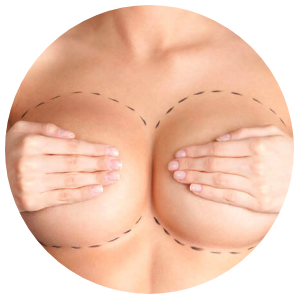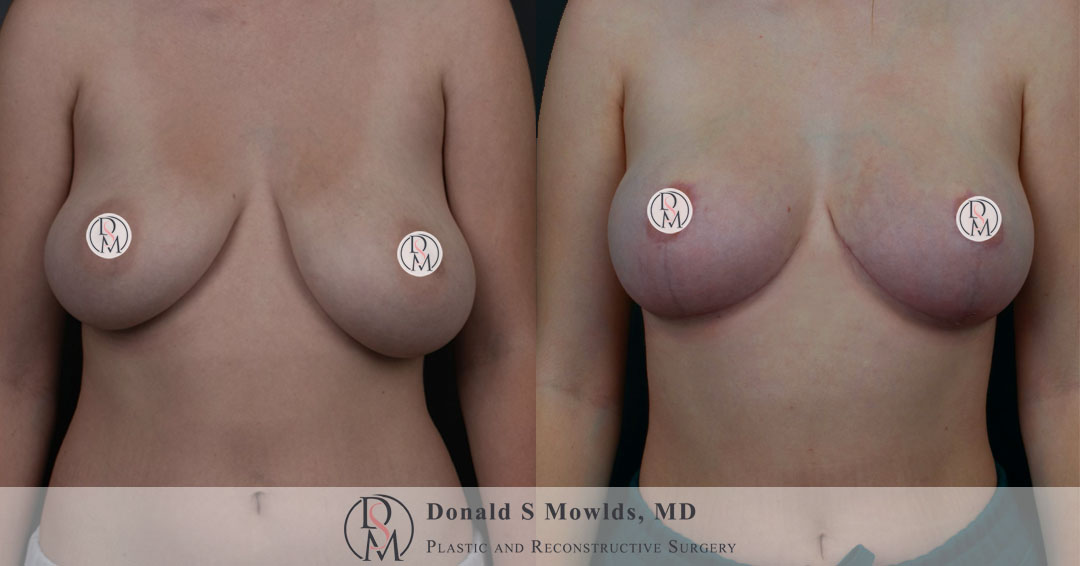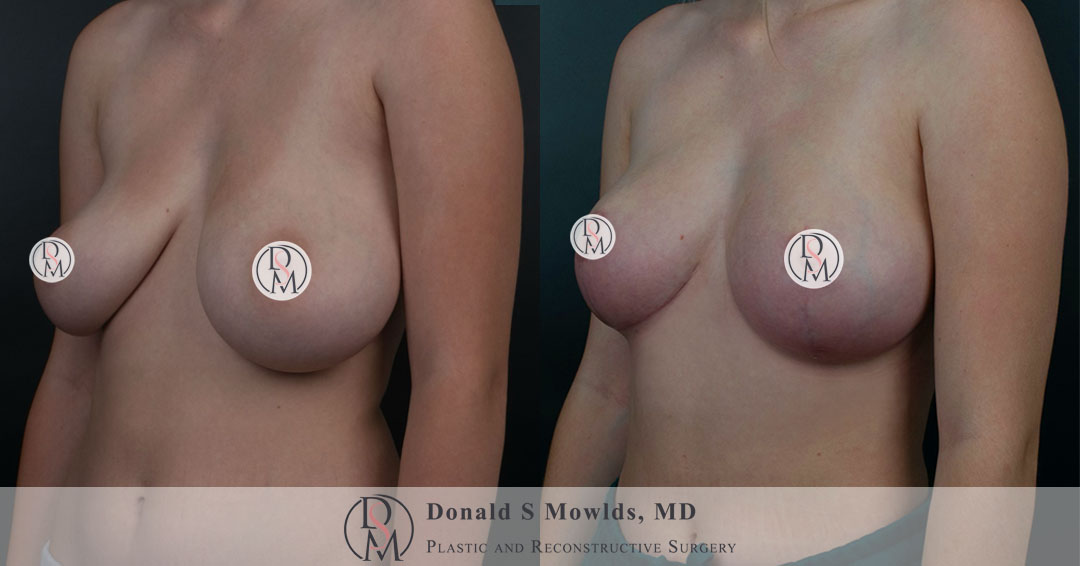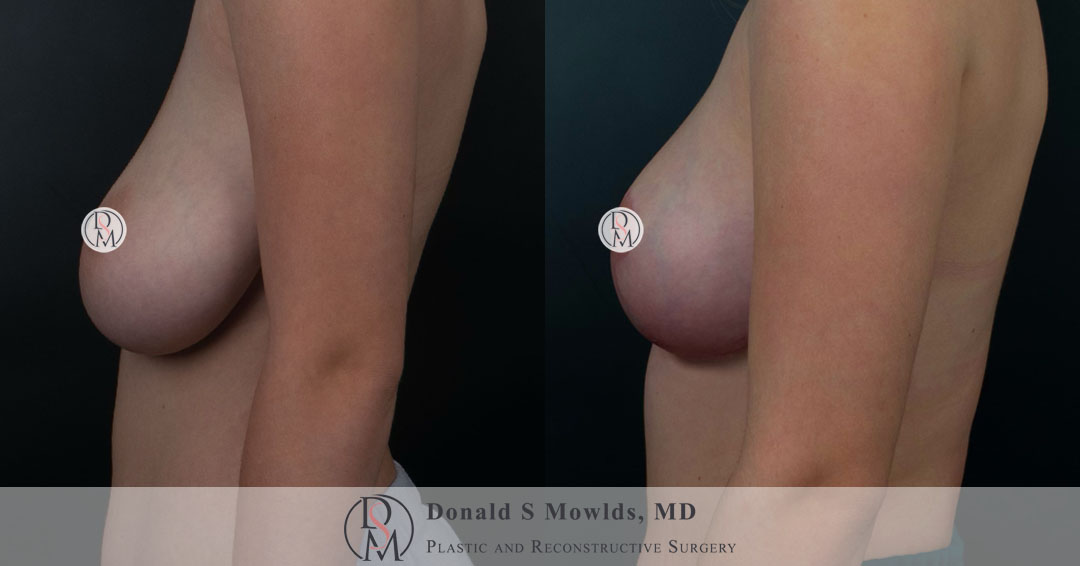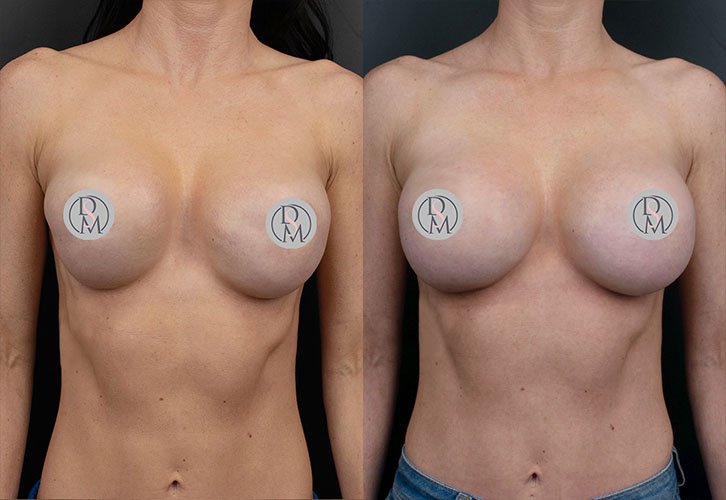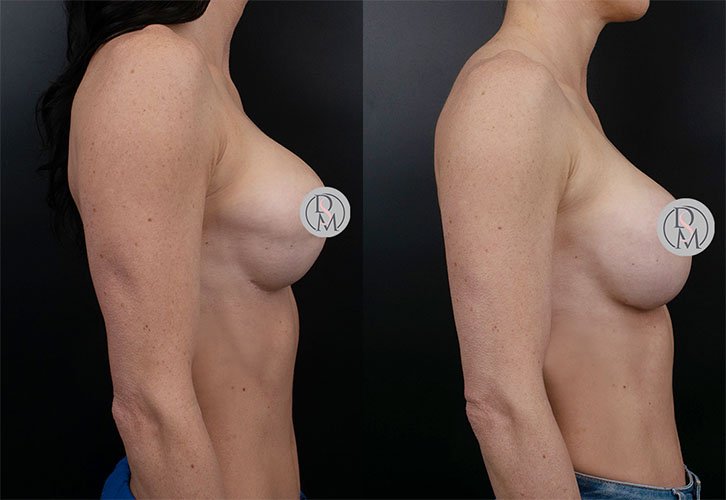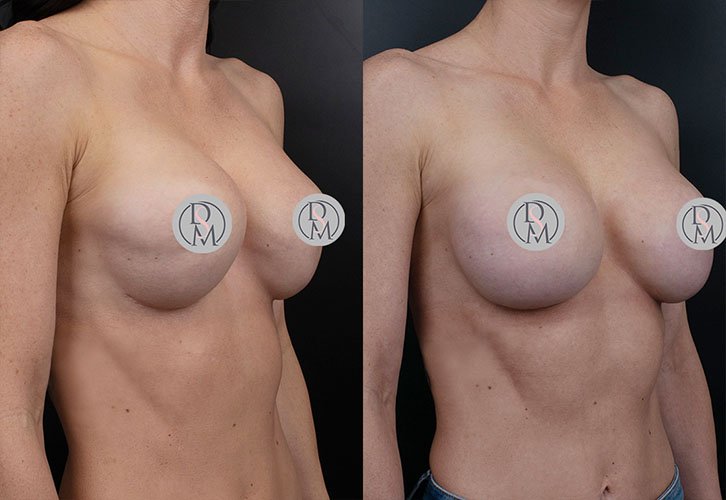Types of Breast Lifts
Measurements will be taken to facilitate incision location, lift technique and implant choice, if required.
What to Expect
All procedures are done in a balanced and natural esthetic.
Consultation
During the in-depth consultation, we will thoroughly review your goals and expectations. Patients are encouraged to bring photographs of several breast results that best represent their desired look. These will not only help me understand the result you have imagined but also shape our discussion on how your goals will be achieved. In some instances, this may necessitate just a lift. In others, a lift as well as an implant will be required. This is a decision we will make together after a thorough discussion of the risks and benefits of each portion of the procedure.
During your consultation, many measurements are recorded, which ultimately facilitate incision location, lift technique and implant choice, if required. Implants are either silicone or saline, and this is a decision that we will make together. Breast implants have been rigorously studied, demonstrating saline and silicone to have equivalent safety profiles.
Surgery
Surgery is performed at an accredited surgery center in Newport Beach, California, USA and typically lasts 1-3 hours depending on the degree of shaping required to achieve your desired look. Under the care of a Board Certified Anesthesiologist, general anesthesia (fully asleep) is used to ensure maximal comfort and safety.
There are several different ways to approach a breast lift and the incisions used will depend on the existing breast size and shape. Three typical lift procedures include the crescent lift, lollipop lift, and anchor lift. Care is taken to place the incisions in existing creases so as to minimize the long-term visibility of scars.
Recovery
Patients are discharged home the same day and generally experience very minimal discomfort, often returning to light work within a week following surgery. Post-operatively, patients are advised to avoid strenuous exercise or heavy labor for 6 weeks following the procedure in order to ensure proper healing. I ask that my patients wear a supportive bra without underwire for 6 weeks following surgery.
Results
The results are expected to be long lasting provided patients maintain an active lifestyle and avoid significant change in natural breast volume (i.e. substantial weight change and pregnancy). Skin gradually loses its innate elasticity as we age, which unavoidably compromises the robustness of the result in time. As such, patients may desire additional revisionary procedures to re-elevate and tighten the breasts.
FAQs
Before & After
Stunning, natural results from patients.
Request a Consultation
BREAST LIFT SURGERY
Receive an in-depth consultation where we will thoroughly review your goals to personalize a plan focused on a natural and aesthetic result. Dr. Donald S. Mowlds, MD is located in beautiful Newport Beach, CA but is also available via a virtual consultation for out-of-town patients.
Breast Procedures
All procedures are done in a balanced and natural esthetic.

